
For most of us, staying cool in the summer and warm in the winter has become a given expectation. Granted, this isn’t a new development—people have found ways to cool and heat themselves for millennia—but as the performance, efficiency and automation of home comfort increases, so does the difficulty to troubleshoot or find the best solution when something goes wrong.
Our progress is summarized today in four letters: HVAC. Standing for “Heating, Ventilation, and Air-Conditioning,” the HVAC acronym distills three complicated processes into one compact, modern term.
In this article, we will overview the different components contained in the term HVAC so you may feel more comfortable with your equipment.
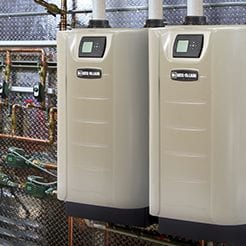
Staying warm has always been a priority for humans, typically taking precedence over keeping cool. Our prehistoric ancestors huddled around fires. The Romans engineered underfloor furnaces, and coal-fired heating was used from the Tang Dynasty until the not-so-distant past.
Beginning as early as the eighteenth century and progressing through today, engineers developed more reliable, effective heating technologies. Two main types of home heating options emerged: hydronics and forced air.
Hydronic heating refers to heating with water or steam and works as follows:
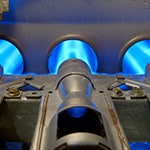 Forced air heating refers to heating air. A forced air heating system must contain the following:
Forced air heating refers to heating air. A forced air heating system must contain the following:
As will be explained more below, forced air heating and forced air cooling go hand in hand because they share the same blower and ductwork. While some homes have a “split” forced air system (where the heating and cooling components are separated), others have a packaged system, which combines all elements into one unit.
Northern climates will typically use a furnace/air conditioner combination because temperatures dip too low to capture outdoor heat during the winter effectively.
Southern climates will typically use a heat pump/air handler combination because temperatures stay warm enough to efficiently capture heat from outdoor air year-round via the heat pump.
Learn More: How an Air Handler Works
The quality of your indoor air depends on ventilation and air purification.
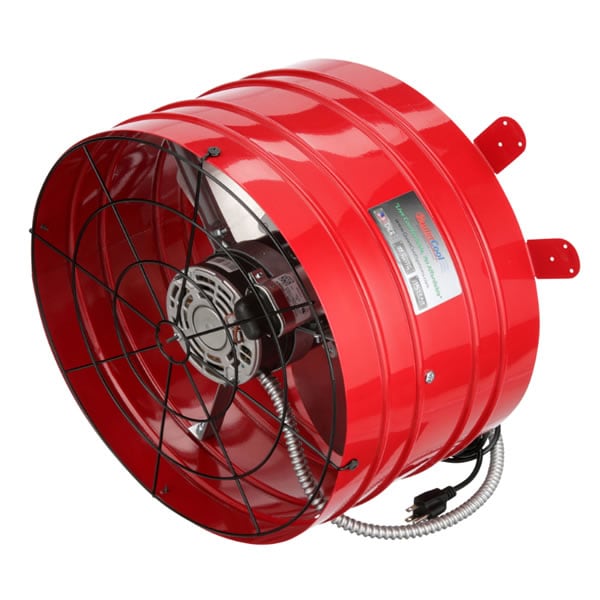 When we “vent” to someone, we let problems out of our system by talking. Similarly, ventilation equipment sends pollutants out of the home.
When we “vent” to someone, we let problems out of our system by talking. Similarly, ventilation equipment sends pollutants out of the home.
These contaminants typically fall under one of three categories: moisture, germs, and particles, like dust and chemicals. Leaving these in the home would make it a dirty place while increasing the chance of getting sick.
Ultimately, the goal of an air ventilation system is to improve indoor air quality. To that end, there are two different ways of doing it:
You are probably familiar with some of the vents that exhaust air. Bathroom fans and range hoods above your stove remove smelly bathroom and kitchen odors, as well as potential carbon monoxide buildup in the kitchen. Attic, inline duct, and whole house fans, which remove air from multiple spaces at once, are other options.
Although these units remove the air, ensure you open a window to prevent negative pressure problems such as back drafting and mold. If you want one unit to both exhaust stale indoor air and bring in fresh outdoor air, install an air exchanger. Some can even transfer heat and moisture to preserve your indoor environment.
Learn More: Ventilation Basics
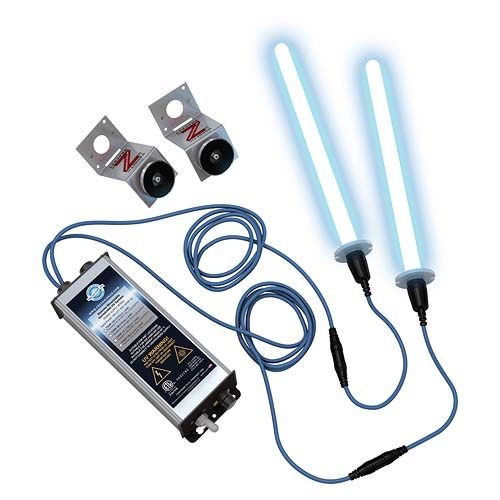 Other forms of ventilation freshen air flowing inside the home:
Other forms of ventilation freshen air flowing inside the home:
A/C, the last part of the HVAC acronym, is barely a century old when it comes to residential use. Throughout most of history, people were limited to using handheld fans and other primitive devices to stay cool. Then, in the early twentieth century, William Carrier invented the modern air conditioner and changed everything.
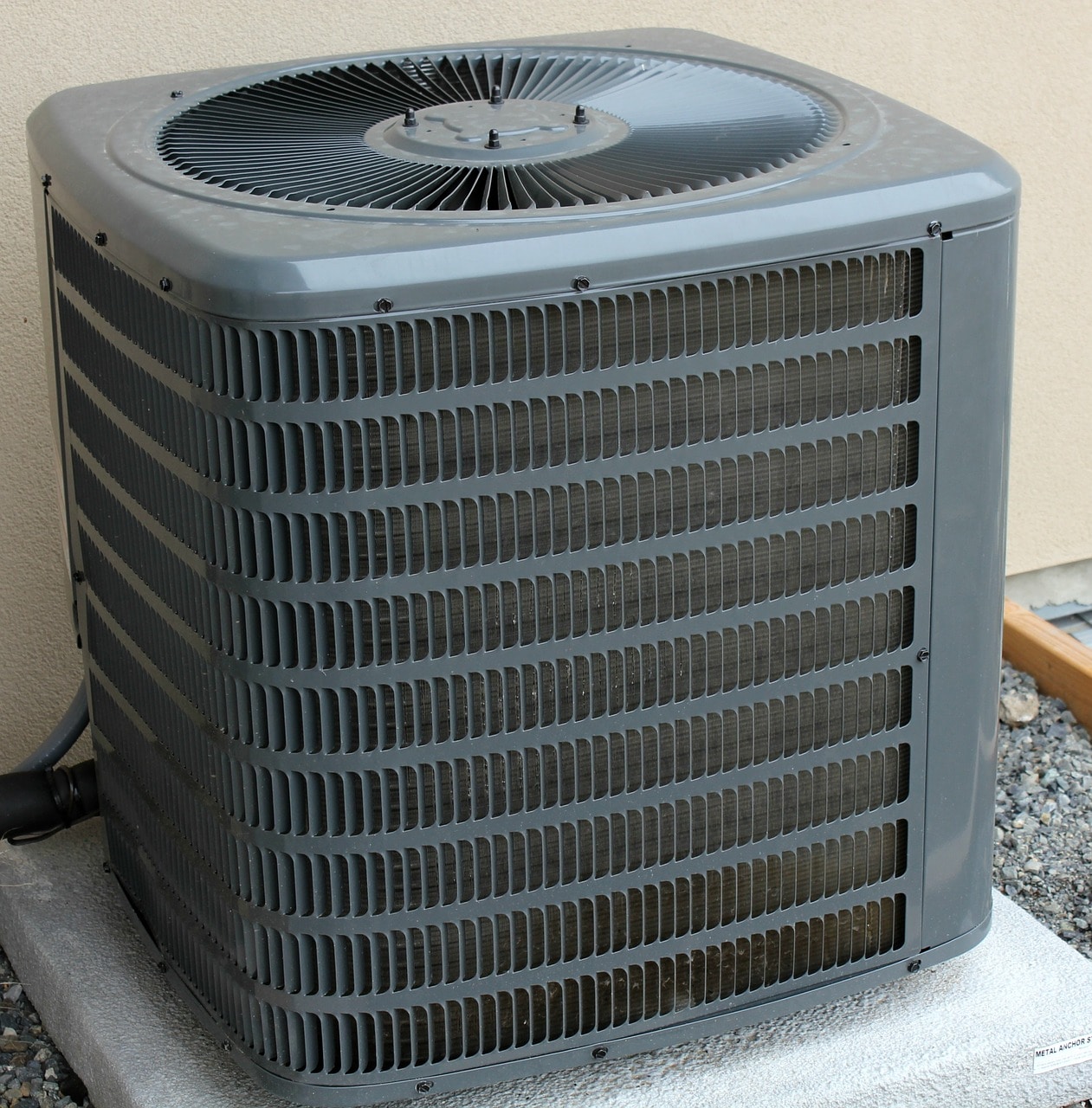 Contrary to popular belief, an A/C system doesn’t “cool” indoor air; it removes heat and makes use of the same components as your forced air heating system.
Contrary to popular belief, an A/C system doesn’t “cool” indoor air; it removes heat and makes use of the same components as your forced air heating system.
Learn More: Air Conditioning Basics
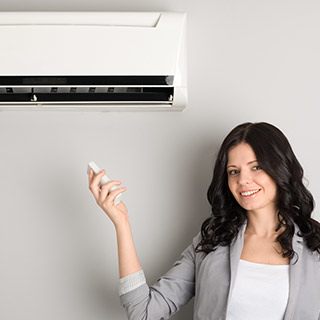 Mini splits are the next level in indoor heating and cooling systems. They consist of a single outdoor unit and up to eight indoor units. Each indoor unit blows room air over a cool evaporator coil and removes heat, like an air handler. The heat from each unit is then transferred to the outdoor unit, where it dissipates.
Mini splits are the next level in indoor heating and cooling systems. They consist of a single outdoor unit and up to eight indoor units. Each indoor unit blows room air over a cool evaporator coil and removes heat, like an air handler. The heat from each unit is then transferred to the outdoor unit, where it dissipates.
Mini splits offer the following benefits:
This library of HVAC system knowledge is designed to help you make the best indoor comfort choices for your home. If you need extra help, contact us at (866) 631-6389, and we’ll be glad to help.